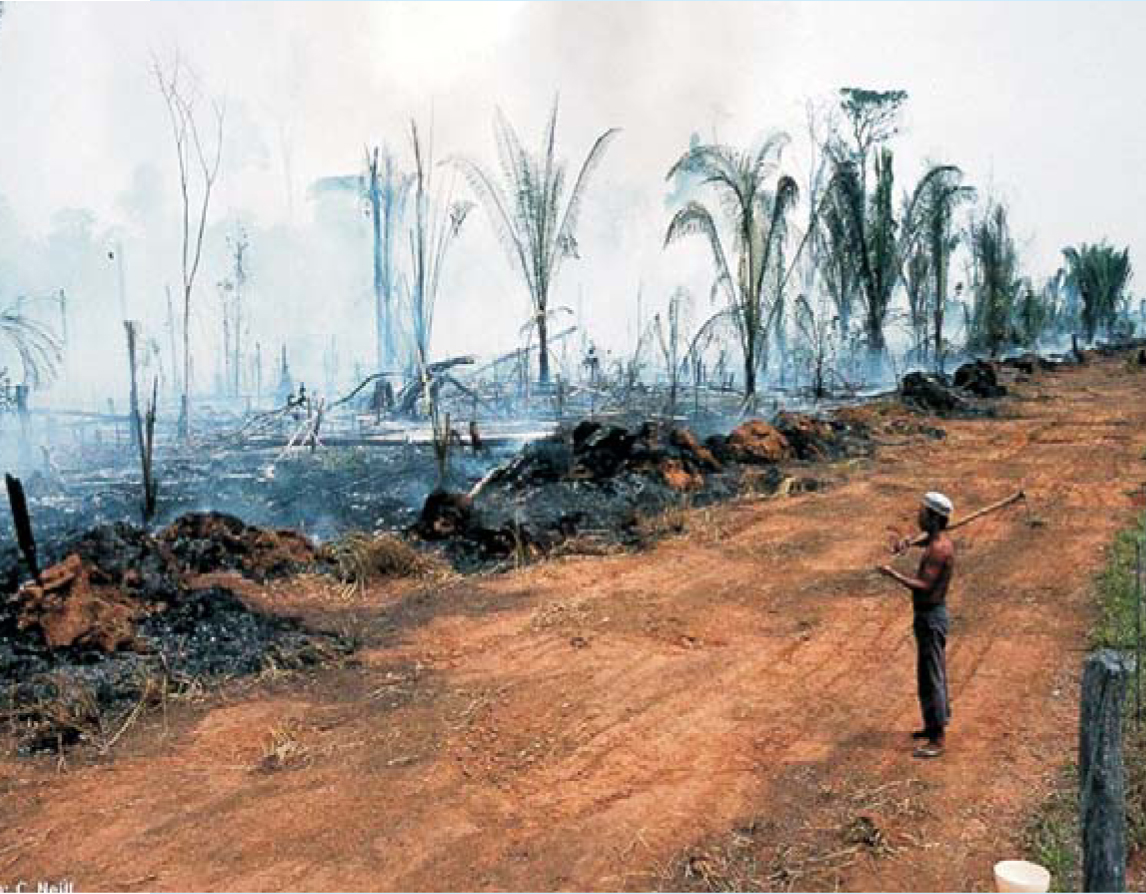Trading farms and forests for biofuel
DOI: 10.1063/1.4797027
With political sentiment growing in favor of greenhouse gas (GHG) restrictions, biofuels from plant cellulose are being considered among the alternatives to fossil fuels: Plants are renewable and biodegradable, and they sequester carbon. Yet a new report validates concerns that a global biofuels program could put intense pressure on land supply and distribution. To predict the impact of a biofuels-based economy on climate change, an international team of researchers from the US, Brazil, and China linked an economic model of land use with a terrestrial biogeochemical model of global GHG levels. The team considered two cases for cellulosic biofuel crop growth: The primary focus of case 1 is on converting unfarmed areas such as forests, as shown in the image; of case 2, on exploiting existing farmland to the extent possible. In both cases, biofuel feedstock becomes a dominant global crop by year 2100, but in the process, total forest area is cut—by 56% in case 1 and by 24% in case 2. The loss of carbon-sequestering trees in case 1 results in a net release of carbon. In case 2, the gains from biofuel production ultimately lead to increased carbon sequestration in the farmed soil from the addition of nitrogen fertilizer, which paradoxically releases N2O, another potent GHG. The research suggests that stabilizing GHG levels will require a limited and more efficient use of forests and fertilizers for biofuel crop production. (

Image courtesy of Chris Neill, Marine Biological Laboratory, Woods Hole, MA.

